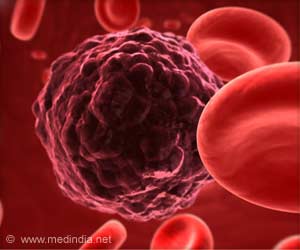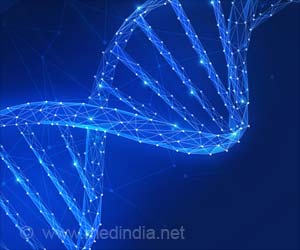A study has identified the process whereby human genetic information is transmitted to action in the human cell, and frequently at which point genetic disease develops in humans.
A study has identified the process whereby human genetic information is transmitted to action in the human cell, and frequently at which point genetic disease develops in humans.
The researchers at Brandeis University and the MRC Laboratory of Molecular Biology (Cambridge, U.K.) say that they have been successful in crystallizing a very large complex of a macromolecular "machine" in the human cell, in determining what it actually looks like, and thereby in zeroing in on the process of genetic encoding.Importantly, 15 to 20 percent of all human genetic disorders, including muscular dystrophy, are caused by defects in this genetic encoding process known as RNA splicing.
The scientists used x-ray crystallography to create a three-dimensional structure of an integral complex of the human spliceosome, which consists of specialized RNA and protein subunits.
The spliceosome's job is to modify the message relayed from DNA by clipping genetic bits in such a manner that they are acceptable for translation into protein.
Brandeis biochemist Daniel Pomeranz Krummel says that it also rearranges the genetic bits of the message in such a way that it can generate multiple and varied proteins which can and do have dramatic effects on human development.
"The process of RNA splicing is vital to human cell development and survival. In this process, the regions of our DNA encoding for protein are removed from non-encoding regions and brought together-quite often in alternative arrangements. Defects in this process can have disastrous repercussions in the form of genetic disorders," said Pomeranz Krummel, adding that neuronal development can be particularly affected when things go awry.
Advertisement
This macromolecular machine clips gene sequences transcribed as part of a precursor to the mRNA, removing them before the final mRNA product is translated into protein.
Advertisement
"In human cells one gene can be made into a variety of proteins, so if the process just goes slightly wrong, the genetic alteration can lead to incredible disaster; yet on the other hand, this incredible complexity has led to our amazing evolutionary progress," said Pomeranz Krummel.
"The human genome is not terribly different from the earthworm's with regards to its size, but the process of RNA splicing that occurs in our cells is different. The fundamental difference between us and the earthworm is that our cells have evolved to utilize this process of RNA splicing to generate a whole other dimension to the transmission of genetic information," the researcher added.
Pomeranz Krummel's team will continue studying how this complex interacts with other macromolecular machines in the human cell.
Source-ANI
ARU/L








